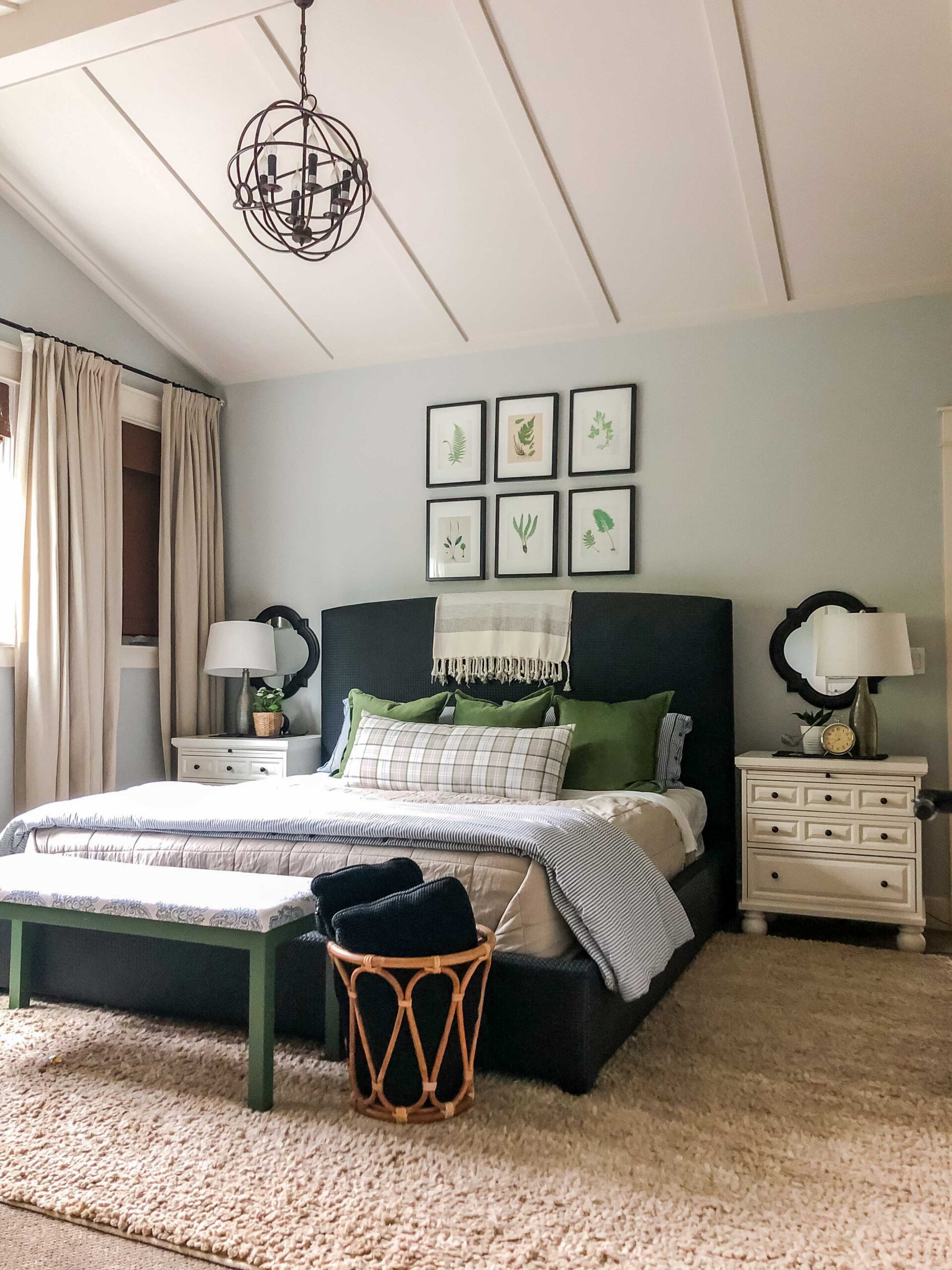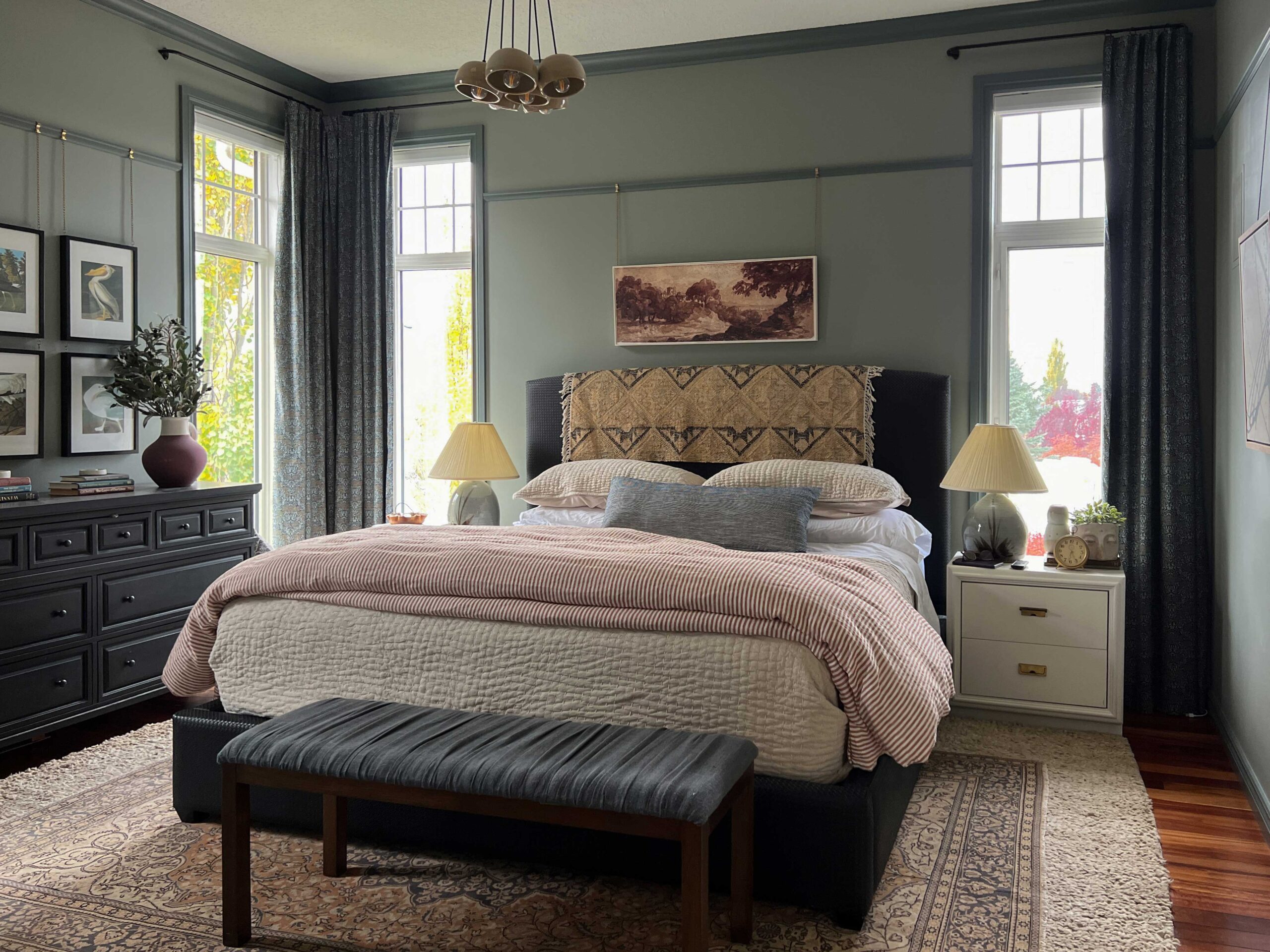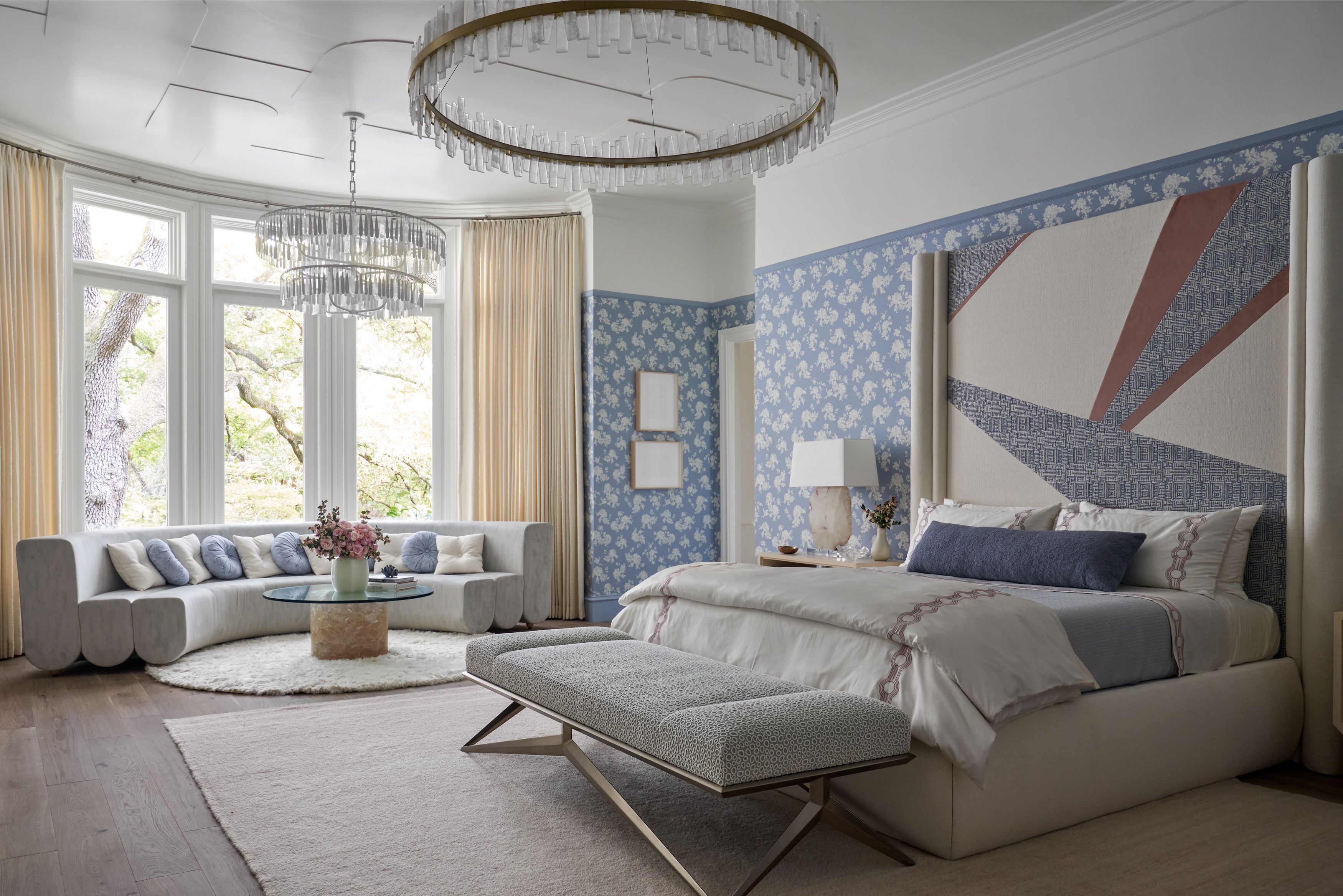Do you have a bedroom with soaring ceilings that feels a bit empty or underwhelming? You’re not alone! High ceilings can provide a magnificent sense of space, but they also come with their challenges. In this article, I’ll share my personal experiences and professional tips on how to transform your high-ceiling bedroom into a cozy, stylish sanctuary.
Understanding the Beauty of High Ceilings
High ceilings are often sought after for their aesthetic appeal and ability to create an impression of grandeur. They can illuminate your space with natural light, making rooms feel larger and more inviting.
Common Challenges of High Ceilings
Empty Aesthetic
Rooms with high ceilings can sometimes feel overwhelming and empty, leading to a lack of warmth and intimacy.
Temperature Control
Higher ceilings can lead to a temperature imbalance, making it challenging to keep your bedroom cozy in colder months.
Furniture Scale
Finding the right furniture scale can be tricky; oversized pieces can overpower the space, while smaller items may get lost.
Creative Decorating Tips for High Ceilings
1. Use Vertical Space Wisely
Take advantage of your vertical space by decorating the walls. Consider tall bookshelves, artwork, or decorative panels.
2. Statement Lighting
Install oversized chandeliers or pendant lights. They draw the eye upward and add drama to your space.
3. Layered Textures
Incorporate various textures to add depth. Think about layering rugs or using textured wall coverings.
4. Tall Plants and Greenery
Introduce tall plants to your bedroom. They not only purify the air but also enhance the vertical space and bring life to the room.
5. Use a Lofted Bed
A lofted bed can create additional living space underneath, allowing for a cozy nook or workspace.
6. Empathy with Color
Experiment with bold colors on the upper walls or ceiling to create a cozy atmosphere. Darker hues can make high ceilings feel less imposing.

7. Create a Focal Point
Design a focal point, such as a large piece of art or a feature wall, to draw attention and anchor the space.
8. Utilize Built-in Furniture
Built-in furniture can maximize floor space and create a seamless look. Consider built-in shelves or benches beneath windows.

Comparison of High Ceiling Decor Solutions
| Solution | Pros | Cons |
|---|---|---|
| Statement Lighting | Enhances drama and elegance | Can be expensive and require hard-to-reach maintenance |
| Vertical Storage | Maximizes space usage | Can feel cluttered if not organized properly |
| Create a Cozy Nook | Offers a personal retreat | May reduce overall floor space |
Personal Experience: My Journey with High Ceilings
When I first moved into my apartment with high ceilings, I was excited but also overwhelmed. The space felt vast, and I wasn’t sure how to make it feel like home. After some trial and error, I discovered that using tall plants and a large statement piece of art made a world of difference. Each decision contributed to creating a cozy atmosphere where I could unwind and feel relaxed. I encourage you to explore different elements until you find what resonates with your space.

Pros and Cons of High Ceilings in Bedrooms
Pros
- Creates an airy, open atmosphere
- Allows for larger windows for natural light
- Offers architectural interest and design opportunities
Cons
- Can feel impersonal if not decorated properly
- May require additional heating or cooling
- Finding appropriate furniture can be challenging
Frequently Asked Questions (FAQs)
1. What are some affordable ways to decorate a high ceiling bedroom?
Incorporate DIY art projects, use lower-cost lighting fixtures, and add layers of rugs or blankets to add warmth without breaking the bank.
2. How can I make a small high ceiling room feel cozier?
Choose darker paint colors, use low furniture to keep the space grounded, and add rich textures like velvet or wool.
3. What types of plants work well in high ceiling bedrooms?
Tall plants like fiddle leaf figs, rubber plants, and indoor palms can complement high ceilings beautifully.
4. Can high ceilings affect the acoustics in a room?
Yes, high ceilings can create echoes. Soft furnishings like rugs and curtains can help absorb sound and improve acoustics.
